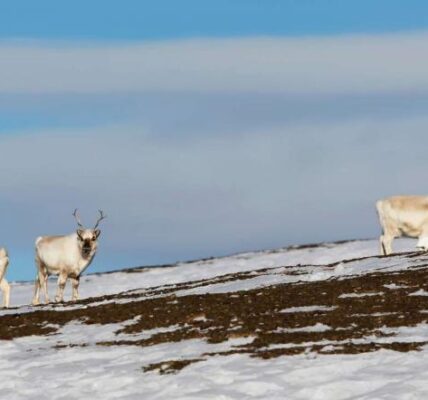Inuit hunters in North Greenland deliberately crossbred Greenland sled dogs with Arctic wolves, in order to create stronger and more capable dogs for Arctic hunting, findings that challenge earlier assumptions that the hybridization was accidental, says a new study.

These hunters were extraordinary, reflective, and visionary dog breeders who skillfully created strong, intelligent dogs designed to be indispensable partners in hunting and traveling through the harsh Arctic landscape,
cultural historian Manumina Lund Jensen said in a statement.
This practice, passed down through generations, has had a profound and lasting impact on both the dogs’ behavior and the hunters’ lives, exemplifying a unique symbiosis between humans and animals.
Interviews combined with genetic analysis
To do the study, Jensen and geneticist Mikkel Holger Strander Sinding, did genetic analysis of Greenland sled dogs and examined that data alongside oral histories from 45 Inuit community members, including eight hunters from the Avanersuaq region of northwestern Greenland.
And while wolf-dogs were prized for their sharp senses and hunting skills, their impact on the genetics of today’s Greenland sled dogs is negligible, the researchers found.

Most modern Greenland dogs don’t have direct wolf ancestry other than traces of genetic material from ancient wolves that lived in Siberia before 9,500 BC, the researchers found.
Why this is the case remains unclear, but the interviews suggest that hybridization was concentrated in the Avanersuaq region,
Sinding said.
Unfortunately, we only have genetic data on a few dogs from there, so it’s possible that wolf ancestry exists in some Avanersuaq dogs that are not represented in the available genetic data.
Further study needed to determine particularities of dogs in northwestern region
While much has been discovered, questions remain about the full extent of wolf ancestry in sled dogs from this area.
A larger genetic sample from Avanersuaq could help clarify how widespread hybridization was and what lasting effects it might have had, Sinding said.
I am hopeful that future research will allow us to study these dogs further to clarify the potential extent and role of hybridization in their lineage,
he said.
The full study can be read in the journal Études Inuit Studies.



